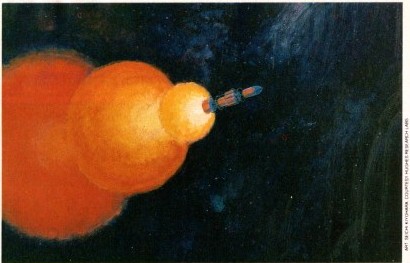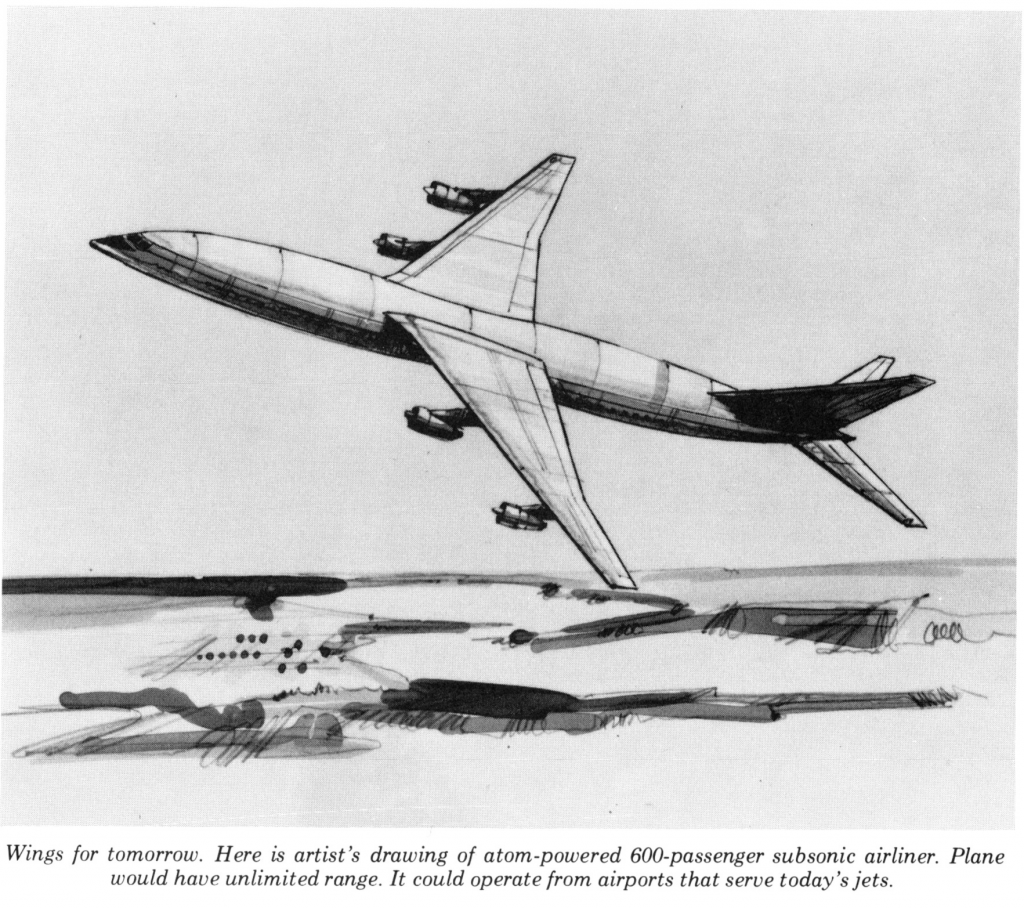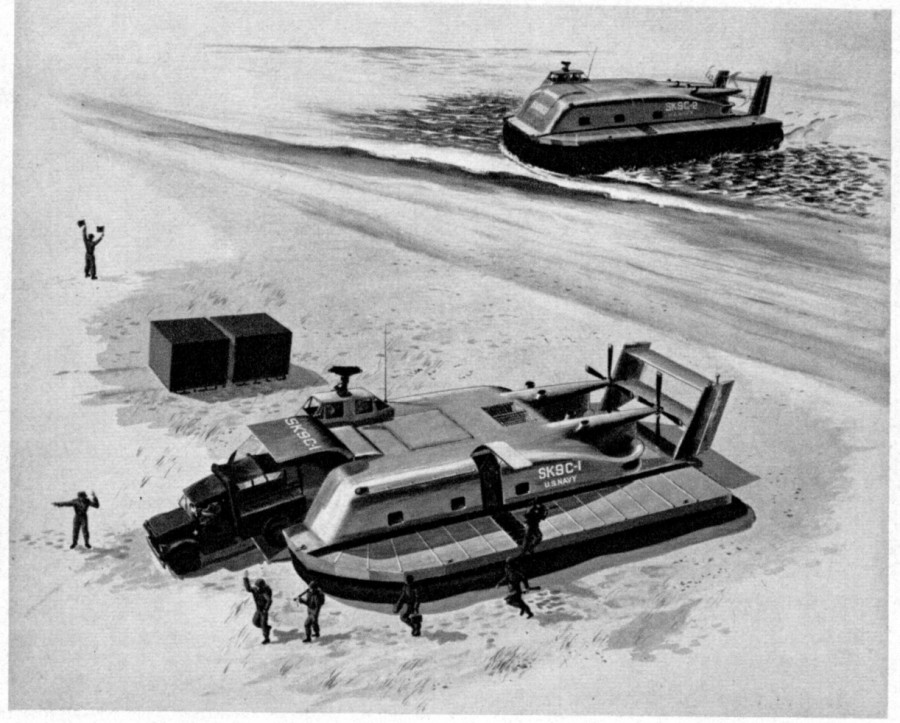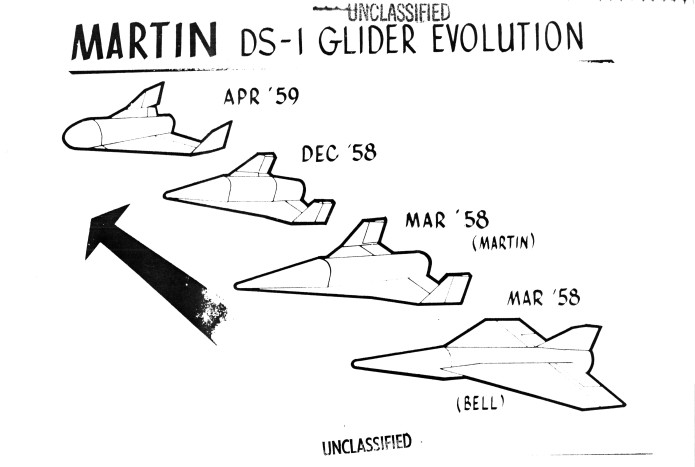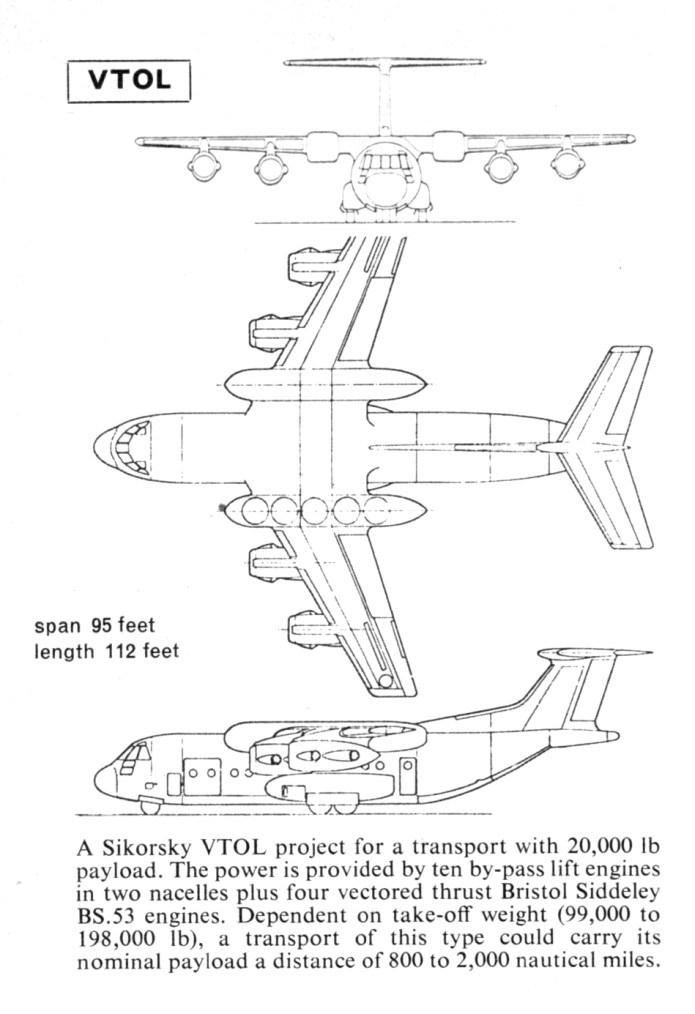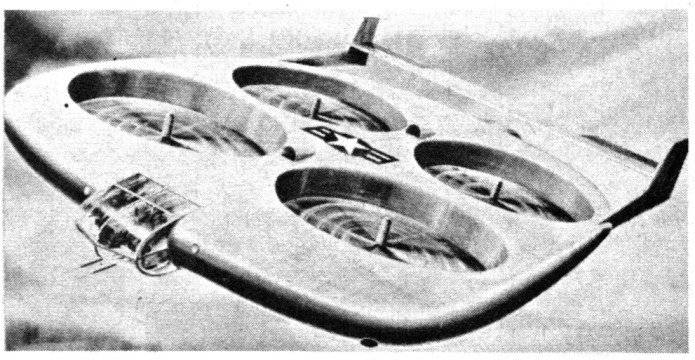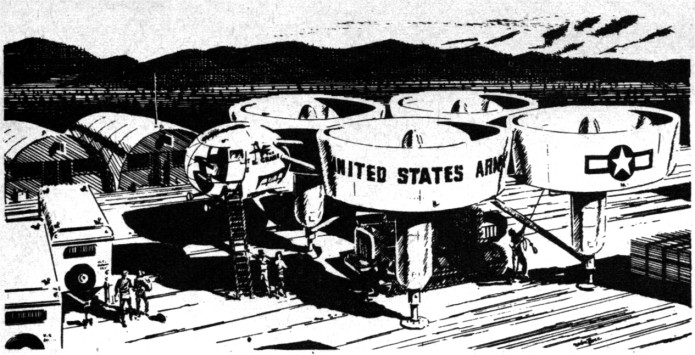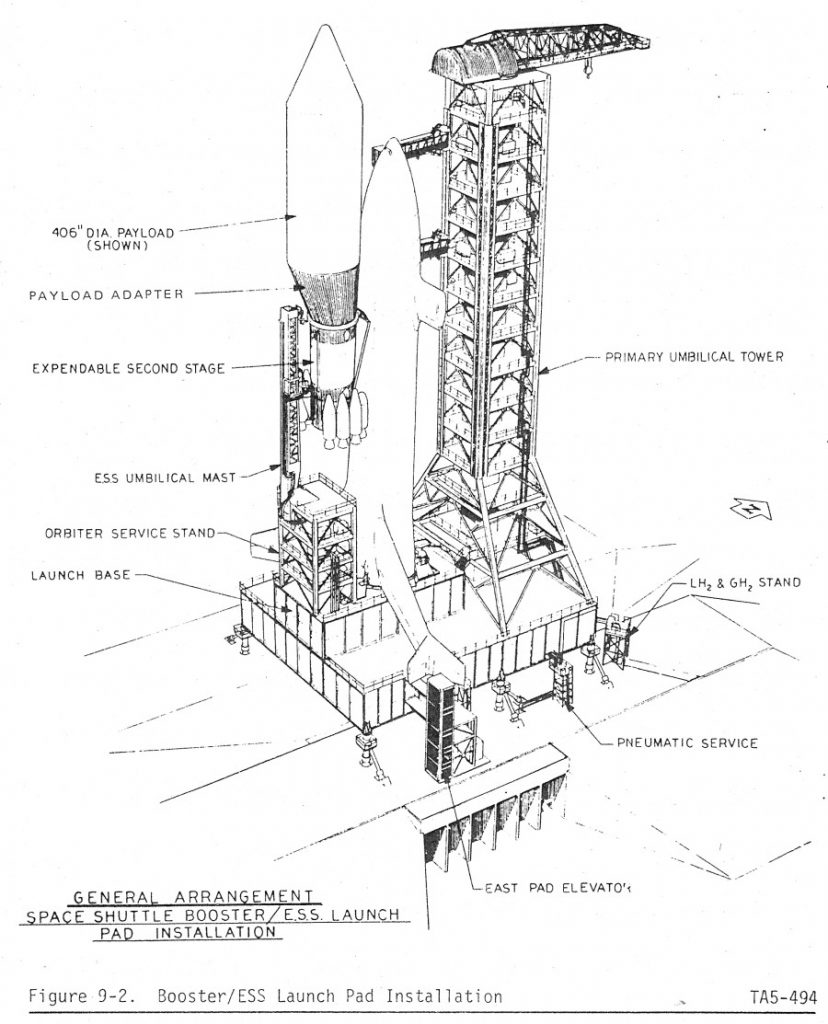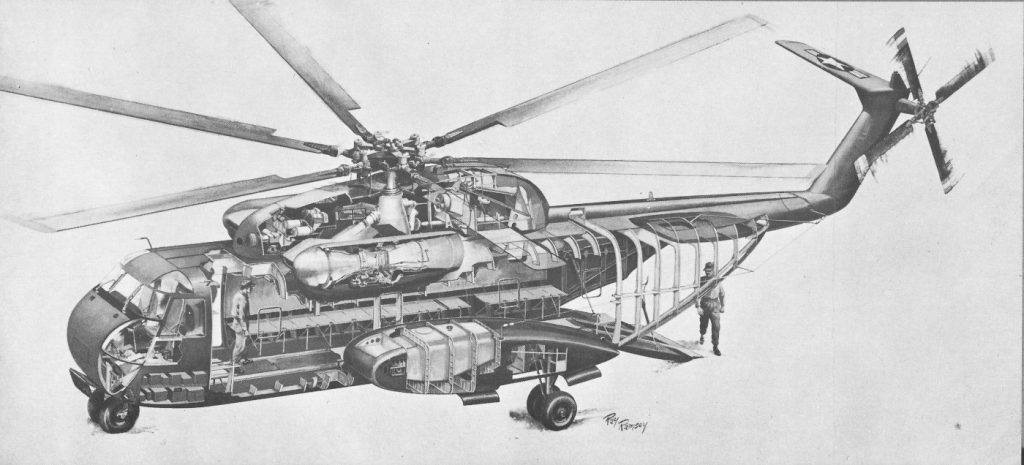A piece of art from Hughes Research Labs from the late 70’s depicting an Orion nuclear pulse vehicle in flight. Sadly low rez, but whatareyagonnado.
It’s an interesting piece, but it seems likely to be quite inaccurate. in deep space when the system operates in a pretty hard vacuum, the fireballs resulting from each blast would expand outwards at a speed of many hundreds or thousands of kilometers per second.
